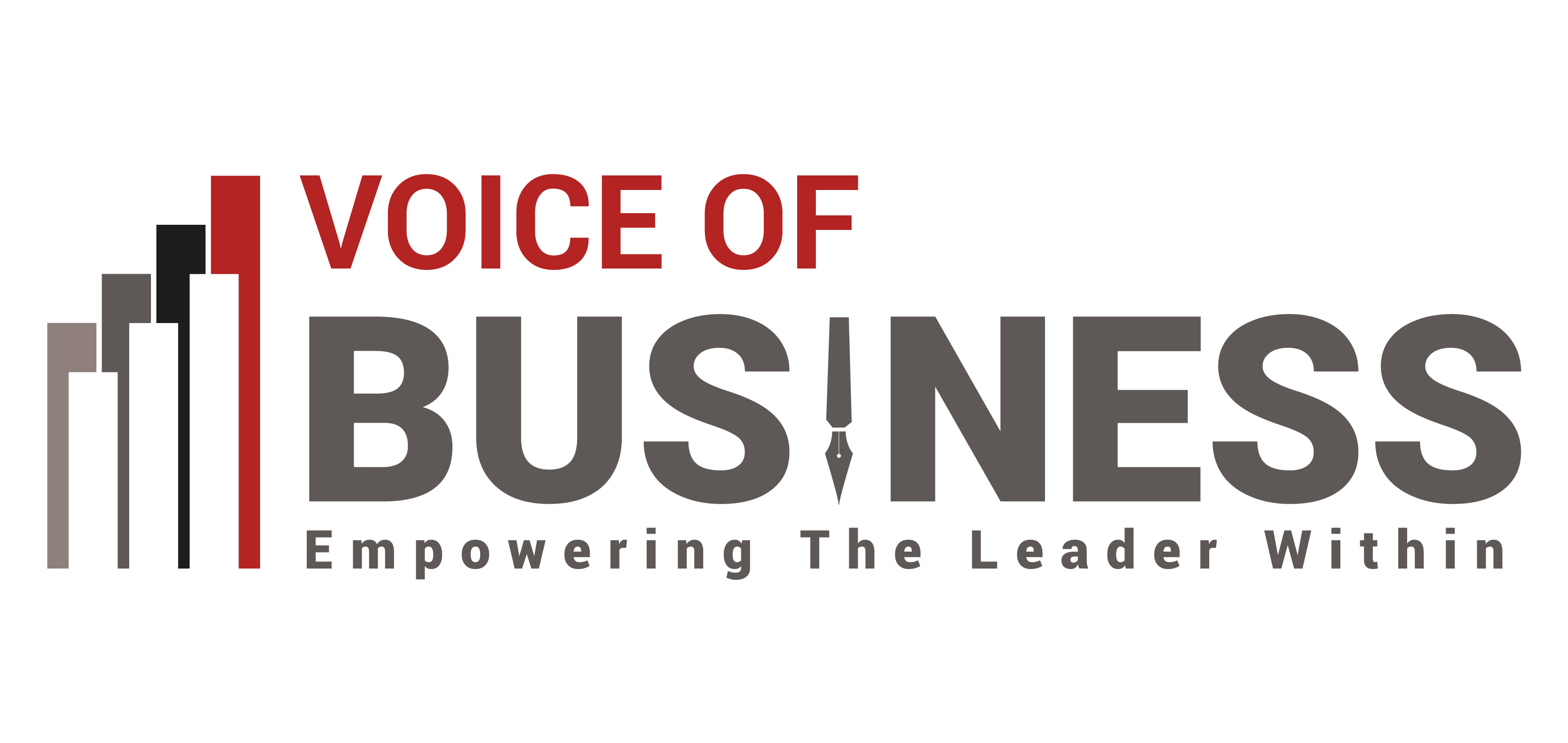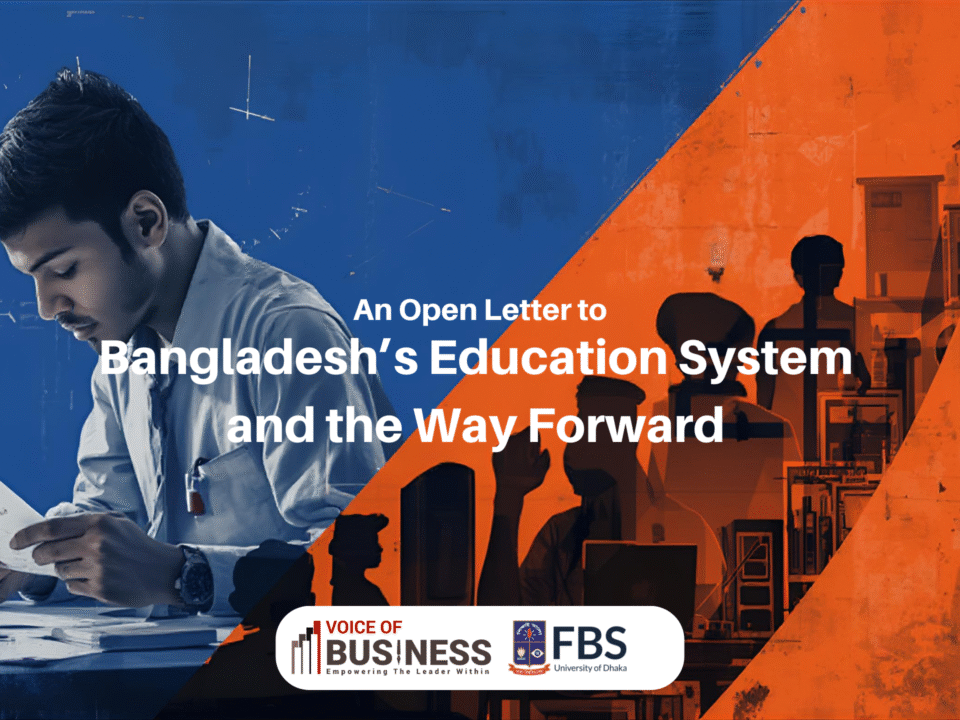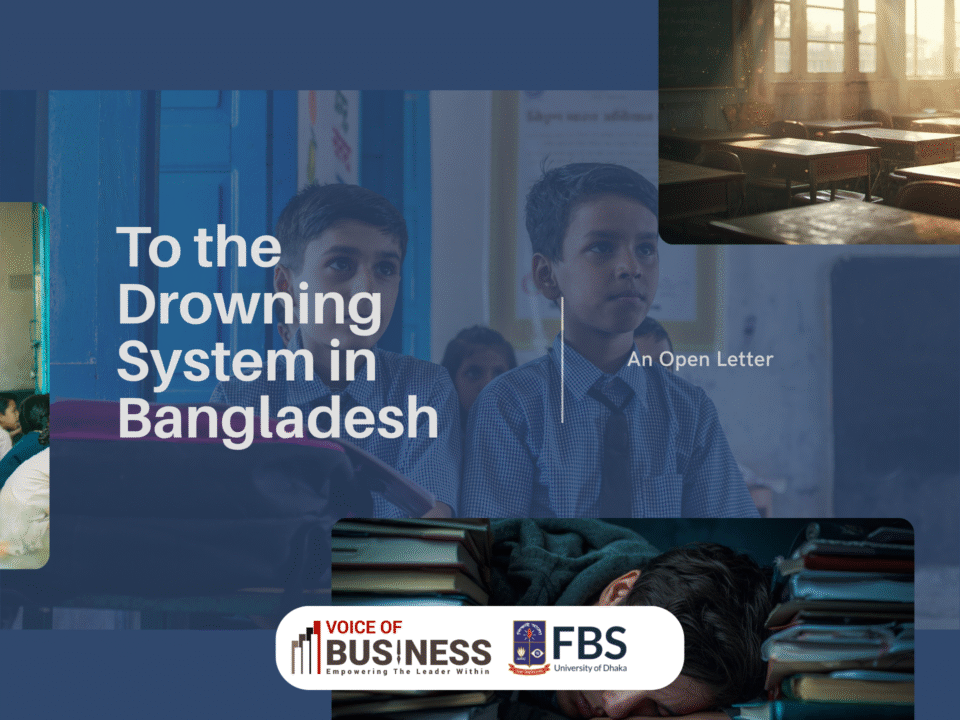Inspiration, Sentiment, and, Ridicule through the Alley of Bangla Rap

“Subodh, are you alive?”
June 2, 2025
The Story of Shahana: Architectural Activism in Bangladesh
June 3, 2025Earlier this year, in April, Toomaj Salehi was sentenced to death by the Iranian government for his rebellious songs criticizing the regime’s activities. This raises a question: How powerful can rap music be in intensifying voices for social causes?
Rap music’s strength lies in its revolutionary elements, which do not require great musical expertise but can express human and political scenarios in a way that can’t be experienced with other genres.
There have been 30 million views on a YouTube song called “Bazar Gorom” by Ali Hasan, the 5-minute long rap song is a bittersweet tribute to those who are struggling to afford their basic household necessities in the economy gripped by rampant inflation.
Rap wasn’t a tool for addressing social concerns in the early 20th century, if it was, I am quite sure Kazi Nazrul with his knowledge of vocabulary, creativity, and immense courage would have been a remarkable rapper. But why am I focusing on rap, where many genres address social issues? Because rap is often seen as the queer genre in the music industry, and even more so in Bangladesh, it has been both criticized and praised for its unique style and its way of voicing stories about everyday issues, common people, as well as themes of violence, sex, and drugs. My focus, however, is on how rap enhances social commentary. So let’s explore this further.
“I wish I could go to school, eat full three meals a day, and buy a new black pant for myself and a new saree for my mother, but now I have buried these wishes because hunger keeps messing with me every day”
We all remember lyrics from Gully Boy by Tabib Hasan & Rana which took Facebook by storm in 2019. The song was a tragic reflection of the daily lives of street children in Dhaka, highlighting their deprivation of a normal childhood. The lyrics cleverly unfold the hypocrisy of civil society in terms of its treatment of these children.
Since then, Tabib Hasan & Rana collaborated on more projects, each tackling social issues with words that can give listeners goosebumps. Rap has the power to ignite your rebellious spirit, just have a look at “Chakri Nai” song which deals with more contemporary issues, such as unemployment in our society. The song boldly critiques nepotism with lines like “chakrir bajare baap chacha lagere,” showcasing rap’s potential to voice social commentary.
Rappers like Towfique Ahmed, Aly Hasan, Jalali Set, Tabib Hasan, and Black Zang use their music to address issues such as poverty, inequality, and the pursuit of dreams against all odds. Bangla rap culture is a testament to artistic evolution, culture, and the power of storytelling through music.
Released in 1989, Fight the Power at that time was considered a holy song about resistance against racism. Many questions whether rap songs can truly be considered powerful works of art. The answer is simple, where words and worship meet to create something bigger to move people, that’s the essence of art, so yes, rap is indeed an excellent form of art to talk about and mock social issues.
Author: Ehsanul Hoque
Reference: www.bbc.com. (n.d.). Iranian rapper Toomaj Salehi sentenced to death, says lawyer. [online]




